The primary reason for performing preventative maintenance on a gas furnace is to promote health and safety in your home. Gas furnaces use flames in order to heat up the house, and those flames produce carbon dioxide, and if the unit is not burning correctly carbon monoxide. Although there are safety measures designed into the construction of furnaces, it is still crucial to practice routine maintenance to upkeep safety.
Furnace Maintenance and Checklist
The Diamondback Heating maintenance checklist focuses on the reliability of the equipment and the health and safety of the equipment.
Furnace cover check
We start our furnace maintenance by taking off the front cover and making sure that air flow is not being obstructed. Depending on where the furnace is installed in your home, there may be issues with storage bins or boxes blocking airflow.
Furnace Turnover Check
To make sure that your furnace is working properly we will turn the unit on to check each part of your system. Seeing the system run through a full cycle will show any issues and inefficiencies with the furnace.
Thermostat Switch
As the central control to your heating and cooling system, your home’s thermostat has a high role in optimizing energy efficiency. Depending on the age of your system, your home may not be equipped with a programmable thermostat. In that case, we can suggest installing a smart or programmable thermostat to start saving you money.
Inducer Motor
The inducer motor supplies fresh air to the gas furnace and sends carbon dioxide produced through combustion outside through your flue pipe. The inducer motor is one of the more important pieces of your furnace because if it is not operating efficiently or properly, the unit can send carbon monoxide into your home. Because inducer motor is one of the first components that fires when a furnace cycles on, the entire unit will not start if there is an issue.
Flue Pipe
The flue pipe sends carbon dioxide and monoxide produced by the combustion of the natural gas outside of your home. It is important to check if the flue pipe is properly connected to the inducer motor and does not have any leaks or blockages.
Vacuum Switch
Tied to the inducer motor, the vacuum switch will cycle on when the proper amount of air is being pulled through the flue pipe. Once the vacuum switch has been triggered by the inducer motor it will cycle 24 volts to turn on the gas valve.
Gas Valve
The gas valve controls the flow of natural gas through your unit and will shut off when electricity is not flowing to the valve. This is a crucial safety feature that protects your home from being flooded with natural gas, carbon dioxide, or carbon monoxide when a component in your system is not working properly.
Electronic Igniter
Most newer units have an electronic igniter that is much safer and more reliable than a pilot light. When the furnace cycles on the electronic igniter will provide a high voltage spark that ignites the natural gas in the system.
Furnace Air Filter
A furnace will have a filter at the air intake and inside the unit itself. The first air filter is shared with your entire HVAC system and should be routinely checked every 3-4 months and replaced if necessary The second air filter is an electrostatic reusable filter which is washable. The second filter will further protect your unit from any harmful particles that can build up on the internal components of your system.
Get Preventative Maintenance
Call to schedule service (210) 409-7271. Protect your heating and cooling systems all year round and sign up for a Diamondback AC & Heating Protection Plan. Our preventative maintenance packages are set up to automatically keep your system running smoothly, efficiently, and safely all year long. Learn more about our packages or sign up for a Protection Plan today!


